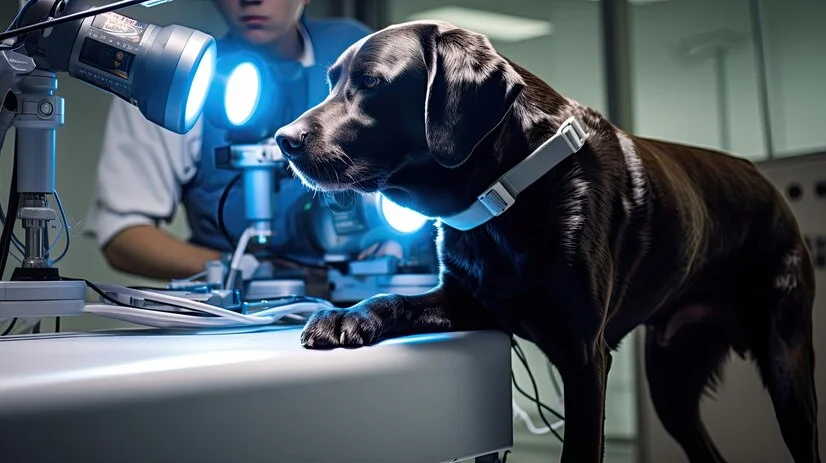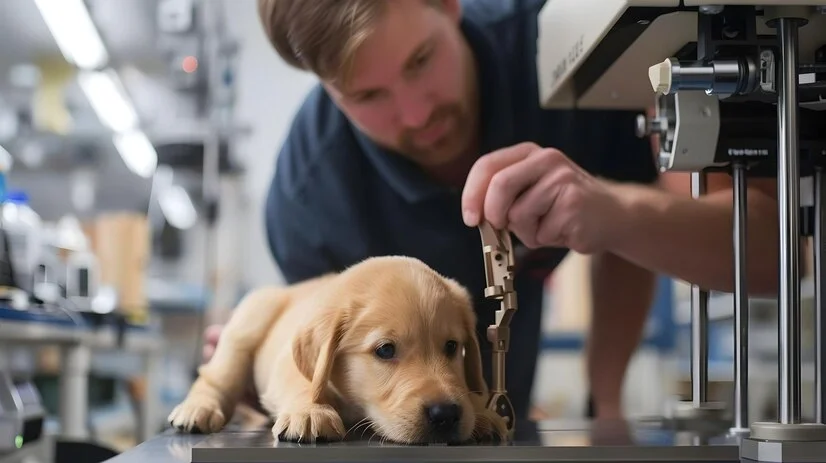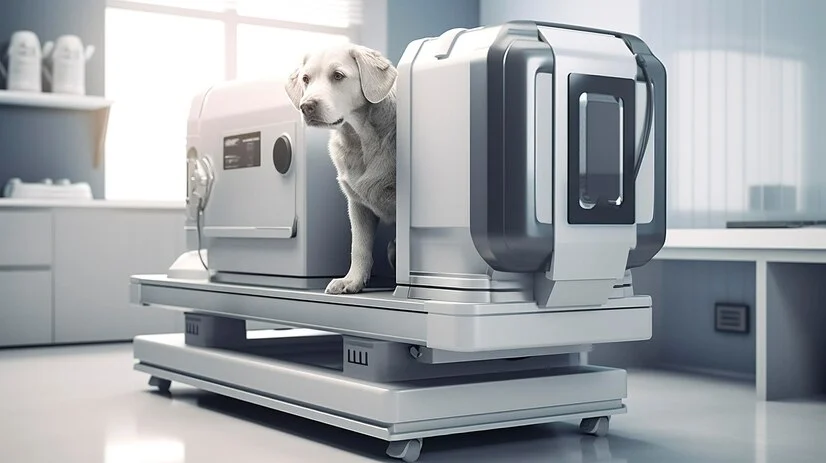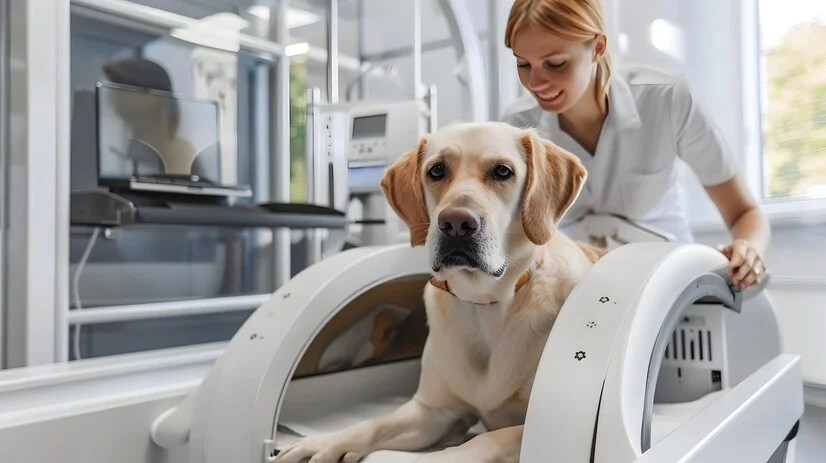-
Kutchina service center, Kolkata - 700010
Kutchina service center, Kolkata - 700010

Advancements in veterinary medicine are constantly evolving, and one of the most exciting innovations in recent years is 3D printing in veterinary surgery. This technology has transformed how veterinarians at a reputed pet care clinic approach complex surgical procedures, prosthetic development, and pre-surgical planning. By enabling customized solutions for animals, it ensures better outcomes and faster recovery, enhancing the overall quality of pet healthcare.
From creating bone implants to designing customized prosthetics for injured pets, 3D printing is changing the landscape of veterinary care. In this article, we’ll explore how this cutting-edge technology is being used and why it holds immense potential for the future of pet healthcare.

3D printing is an additive manufacturing technique that creates three-dimensional objects from digital files. In veterinary medicine, this means creating custom implants, prosthetics, and surgical models tailored to an individual animal’s needs.
Veterinarians can now scan an injured or diseased area using imaging technologies such as CT scans or MRIs and use the data to print precise, patient-specific solutions.
3D printing is revolutionizing veterinary surgeries in multiple ways:
✅ Customized Implants & Prosthetics – Animals with congenital defects or injuries can receive custom-fitted implants, improving their mobility and quality of life.
✅ Pre-Surgical Planning Models – Surgeons can print a replica of an animal’s anatomy to plan complex surgeries with greater accuracy.
✅ Reduced Surgery Time & Risks – By having a precise model to work with, veterinarians can minimize the duration of the surgery, leading to faster recovery times.
✅ Affordable Solutions – Traditional implants and prosthetics can be expensive, but 3D printing offers cost-effective alternatives.
✅ Restoration of Mobility – Pets with missing limbs can receive lightweight and durable prosthetics tailored to their exact size.

One of the biggest breakthroughs in 3D printing in veterinary surgery is the ability to create custom implants for pets with bone fractures, missing skull pieces, or joint defects. Since these implants are customized, they fit perfectly, reducing complications and improving healing.
Example: A dog with a severe jaw fracture can receive a 3D-printed titanium plate that perfectly matches its bone structure, ensuring better healing and function.
Injuries, birth defects, or diseases may result in limb amputations in pets. Traditionally, prosthetic limbs for animals were difficult to manufacture and often did not fit well. With 3D printing, prosthetics are now designed specifically for each pet, ensuring comfort and functionality.
Example: A cat born without front paws can receive customized 3D-printed prosthetic limbs, enabling it to walk and play normally.
Veterinarians can now print 3D models of an animal’s organs, bones, or tumors before surgery. This allows them to practice the procedure in advance, reducing the risk of complications.
Example: A vet planning to remove a tumor from a dog’s spine can print a model of the spine to determine the safest surgical approach.
The next step in 3D printing in veterinary surgery is bio-printing, where real tissues are printed using a combination of living cells and biomaterials. While still in the experimental stage, this technology could one day help veterinarians print functional organs for transplantation.
Example: In the future, vets may print real cartilage for pets suffering from joint damage, eliminating the need for artificial implants.
Despite its incredible potential, 3D printing in veterinary medicine has a few challenges:
❌ High Initial Costs – Setting up 3D printing labs requires significant investment in equipment and software.
❌ Limited Availability – Not all veterinary clinics have access to 3D printing technology yet.
❌ Regulatory Approvals – Some implants and prosthetics require approval from regulatory bodies before use.
❌ Material Limitations – Current bio-printing technology is not yet advanced enough to create functional organs.
However, as technology advances and becomes more widely available, these challenges are expected to diminish.
If you are looking for the best pet clinic that offers advanced veterinary care, it is essential to find a clinic that stays updated with the latest medical technologies, including 3D printing applications. APC Pet Clinic is at the forefront of integrating modern innovations into pet care, ensuring the best possible treatment for your furry companions.

Yes, 3D printing is safe and has been widely used in veterinary medicine for creating implants, prosthetics, and surgical models. Veterinarians carefully evaluate materials and procedures to ensure animal safety.
It depends on the complexity of the prosthetic, but it typically takes a few days to a couple of weeks from scanning to printing and fitting.
While primarily used for dogs and cats, 3D-printed implants can be designed for a variety of animals, including birds, rabbits, and even zoo animals.
While the initial costs of 3D printing are high, the overall price for implants and prosthetics is often lower than traditional options, making it an affordable solution in the long run.
Common materials include medical-grade titanium, biocompatible plastics, and even bio-printable hydrogels for future applications.
The rise of 3D printing in veterinary surgery is a testament to how technology is reshaping pet healthcare. From custom implants to prosthetics and surgical planning, this innovation is making procedures safer, faster, and more efficient.
As veterinary medicine continues to advance, pet owners can look forward to better treatment options, ensuring a healthier and happier life for their beloved companions. For those seeking expert veterinary care with cutting-edge solutions, the best pet clinic in Kolkata is one that prioritizes modern medical advancements.
Would you consider 3D-printed solutions for your pet’s medical needs? Let us know in the comments! 🚀🐾